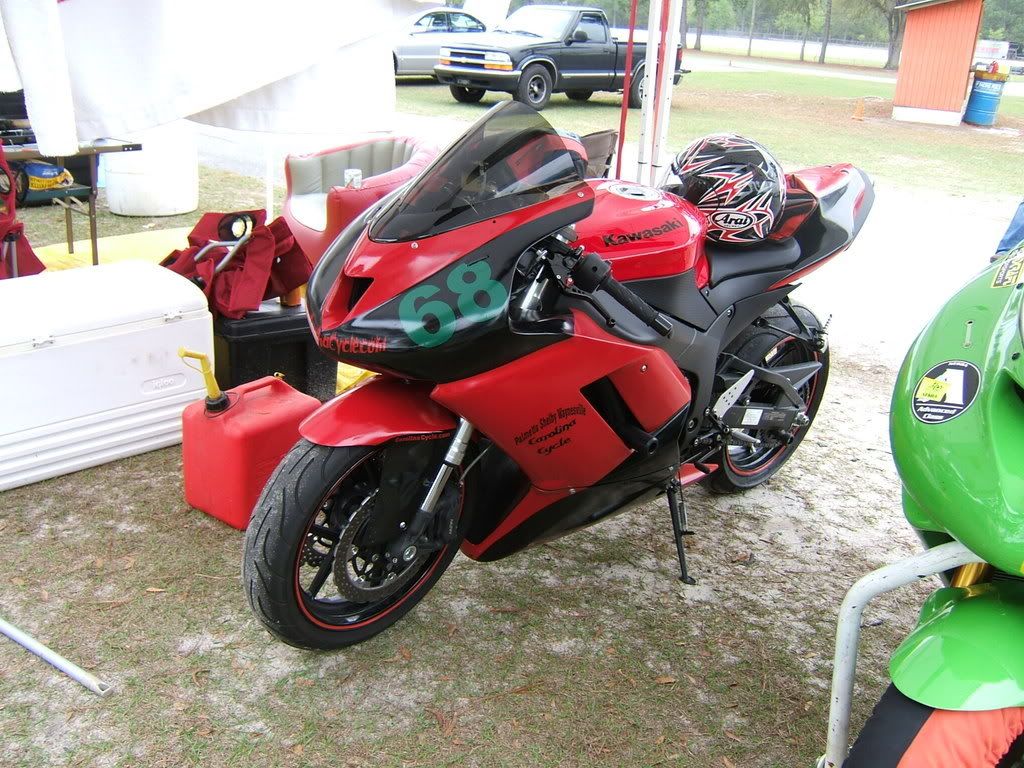PJZOCC624
New Member
Okay, I know there's alot of techniques, theories, etc., about painting plastics. But I still have a question...
I'm repainting the plastics on the "new" bike. My estimation is that the plastics currently have been painted somewhere between 2 and 30 times. I can see a SILKOLENE sticker on the lower, so I'm assuming that I'm gonna run into some various decals as well. Do I...
a. Sand, then primer, then paint?
b. Wetsand,primer,paint? (If so, what the hell is "wetsanding"?):notsure:
c. Can I just primer over what's already there and then paint? (I'm gonna starting to disrupt the aerodynamics of the bike with another couple of layers I think....)
d. If/when I sand, do I have to go all the way to the, umm... plastic part of the plastics? In other words, can I just sand enough to get a base for primer and paint? Or do I have to get through ALL the old paint layers?:dunno:
e. Has anyone tried wallpaper on their bike??? I saw a REALLY nice paisley print at Home Depot that I think is just dreamy....:haha:
I'm not looking for showroom quality, will do a rattle can job, and am treating this like a test run for when I buy a new set of skins. But I'd like to do it the right and proper way.
Thanks!
I'm repainting the plastics on the "new" bike. My estimation is that the plastics currently have been painted somewhere between 2 and 30 times. I can see a SILKOLENE sticker on the lower, so I'm assuming that I'm gonna run into some various decals as well. Do I...
a. Sand, then primer, then paint?
b. Wetsand,primer,paint? (If so, what the hell is "wetsanding"?):notsure:
c. Can I just primer over what's already there and then paint? (I'm gonna starting to disrupt the aerodynamics of the bike with another couple of layers I think....)
d. If/when I sand, do I have to go all the way to the, umm... plastic part of the plastics? In other words, can I just sand enough to get a base for primer and paint? Or do I have to get through ALL the old paint layers?:dunno:
e. Has anyone tried wallpaper on their bike??? I saw a REALLY nice paisley print at Home Depot that I think is just dreamy....:haha:
I'm not looking for showroom quality, will do a rattle can job, and am treating this like a test run for when I buy a new set of skins. But I'd like to do it the right and proper way.
Thanks!

